Threonine supplementation is associated with improved growth, fillet yield
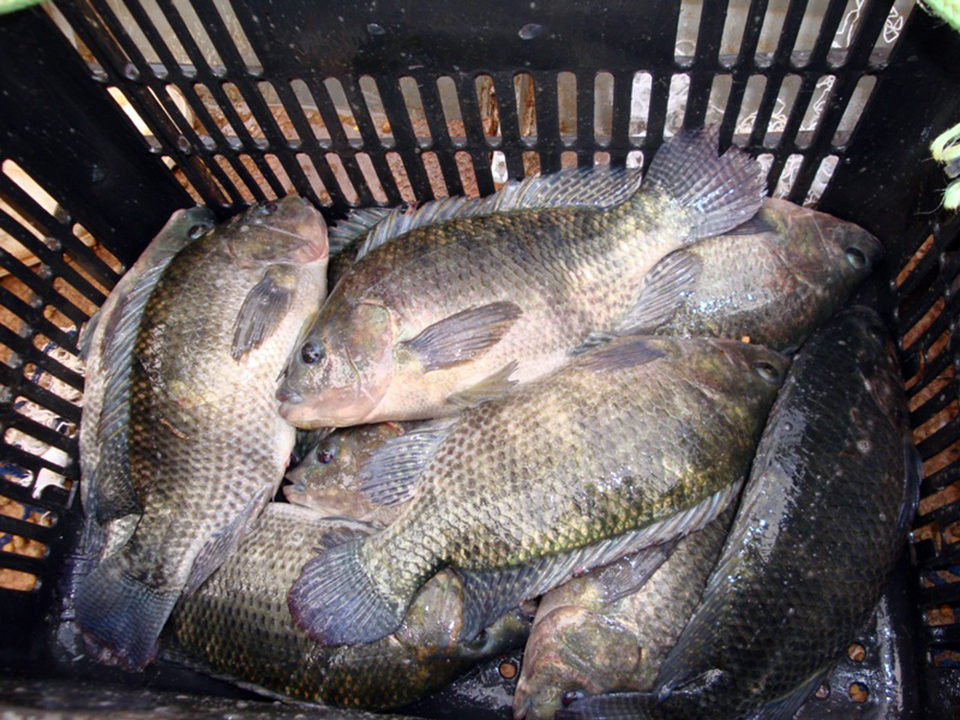
The Nile tilapia is one of the most important cultured fish species in Brazil, where tilapia production has changed from traditional culture in earth ponds to more intensive culture in cages. Tilapia culture has played an increasingly important role in the economy of many Brazilian regions over the past two decades. The ongoing study of tilapia nutrition and feeding has been the focus of many research groups, and the importance of amino acids on fish nutrition and feeding is rapidly expanding.
Amino acid source
Plant ingredients such as soy protein derivatives have received increasing attention as potential substitutes for fishmeal protein in tilapia diets. However, plant proteins often show deficiencies in some essential amino acids and several antinutritional factors. When compared to fishmeal, soybean meal has low levels of digestible energy, available phosphorus and digestible methionine, and higher contents of fiber.
Recently, feather meal, blood meal and meat and bone meal have been used to substitute for fishmeal in commercial diets for Nile tilapia in Brazil. The apparent digestibility coefficients of the protein and amino acids of these ingredients are lower than those for soybean meal. The digestibility coefficients of individual amino acids must be considered to establish well-balanced diets that sustain tilapia performance.
Amino acid requirements
Under practical conditions, commercial diet formulation is not easy, as the amino acid compositions of ingredients depend on many factors. Because multiple factors affect amino acid requirements, estimations of the requirements for fish should be based on the ideal amino acid profile. In Brazil, many experiments have been performed with different basal diets and fish of varied ages and genetic lines to determine these profiles.
Lysine is one of the most limiting amino acids in fish nutrition. It is related not only to fish growth, but also to fillet yield. Under typical culture conditions, it is possible that two fish have the same weight, but produce different values of fillet yield. The standard dietary requirement for lysine was determined at 5.5 to 6.0 percent of the dietary protein. Based on information from research in Brazil, methionine is necessary as approximately 60 percent of lysine.
Threonine supplementation is associated with improved tilapia growth and fillet yield, especially in diet formulations based on soybean protein, indicating that threonine is a limiting amino acid in soybean meal when meat production is considered.
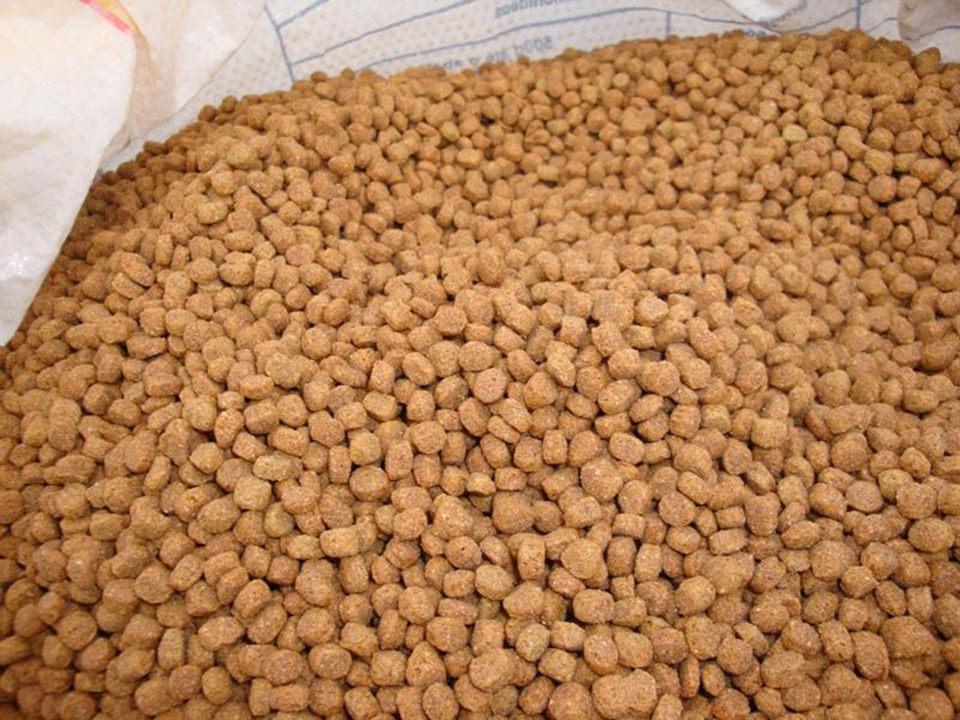
Amino acid patterns
The concept of ideal amino acid patterns has been adopted by the swine and broiler industries, and was initially applied in fish diets in Brazil by the main author in 2000, using DL-methionine and L-lysine as supplemented amino acids.
In Brazil, experiments investigated the responses of fish fed graded dietary inclusions of the essential amino acids lysine, methionine and threonine to determine the ideal amino acids ratios of the assayed amino acids relative to lysine. The methionine and cystine requirement based on the ideal protein concept is approximately 60 percent of lysine, regardless of fish age or weight.
Reducing dietary protein content is important in formulating cost-effective and low-pollution diets, especially when fish are cultured in intensive systems. Fish growth is determined by the first limiting amino acid, and reducing the protein content of fish feeds is one strategy to increase the sustainability of tilapia production. It can reduce feed costs as well as environmental impacts if economical growth can be maintained with less nitrogen input.
Fish health
The development of antibiotic resistance in farm animals has pressured nutritionists to find alternative ways of achieving high production and healthy animals. Nutritional supplements are being considered as a means to improve immune systems and gastrointestinal defense mechanisms against invasive bacteria. Glutamine, arginine and threonine are involved in many maintenance functions and in immunity and gut mucosal repair processes in particular.
The intestine is the first barrier to foodborne antigens and bacteria. The high rate of protein turnover in the gut ensures that damaged tissues are rapidly shed, and large amounts of mucins are secreted to create a barrier to bacterial translocation. Mucosal cells and intraepithelial lymphocytes require glutamine as an energy source and for the synthesis of other non-essential amino acids and nucleotide bases.
The supply of glutamine can become limited during intestine stress. Glutamine supplementation reduces intestine villi atrophy and improves weight gain. The efficacy of dietary glutamine depends on the type and intensity of the challenges that occur in the gut.
Perspectives
The main objective of modern fish production is return on capital. Feed efficiency, uniformity, weigh gain, carcass yield and fillet yield are used as performance indicators. Recently, feed cost per kg of weight gain and feed cost per kg of fillet meat produced were introduced as variables to choose the best levels of threonine and protein in Nile tilapia diets, respectively.
The profitability of fish production partially hinges on the ability to formulate economically viable feeds that support efficient growth and healthy fish. Determining the dietary amino acid requirements of tilapia allows precise formulation of feed, because overformulation to meet limiting amino acid requirements is reduced or eliminated. It will be important to develop models that simulate and predict fish performance responses to amino acid supplementation under variable conditions.
(Editor’s Note: This article was originally published in the November/December 2010 print edition of the Global Aquaculture Advocate.)
Now that you've reached the end of the article ...
… please consider supporting GSA’s mission to advance responsible seafood practices through education, advocacy and third-party assurances. The Advocate aims to document the evolution of responsible seafood practices and share the expansive knowledge of our vast network of contributors.
By becoming a Global Seafood Alliance member, you’re ensuring that all of the pre-competitive work we do through member benefits, resources and events can continue. Individual membership costs just $50 a year.
Not a GSA member? Join us.
Authors
-
Dr. Wilson Massamitu Furuya
Departamento de Zootecnia
Universidade Estadual de Maringá
Av. Colombo, 5.790 Maringá
Paraná, Brazil
CEP 87020-900 -
Themis Sakaguti Graciano
Departamento de Zootecnia
Universidade Estadual de Maringá
Av. Colombo, 5.790 Maringá
Paraná, Brazil
CEP 87020-900 -
Luiz Vitor Oliveira Vidal
Departamento de Zootecnia
Universidade Estadual de Maringá
Av. Colombo, 5.790 Maringá
Paraná, Brazil
CEP 87020-900 -
Valéria Rossetto Barriviera Furuya
Departamento de Zootecnia
Universidade Estadual de Ponta Grossa
Paraná, Brazil
Tagged With
Related Posts
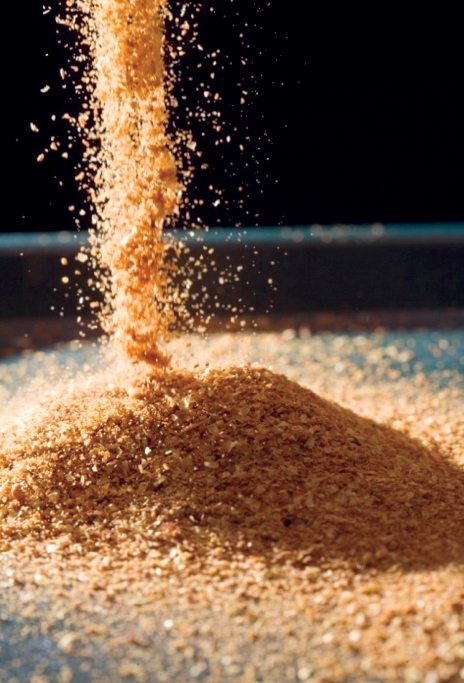
Aquafeeds
A look at corn distillers dried grains with solubles
Corn distillers dried grains with solubles are an economical source of energy, protein and digestible phosphorus to reduce feed costs and fishmeal usage.

Aquafeeds
A look at protease enzymes in crustacean nutrition
Food digestion involves digestive enzymes to break down polymeric macromolecules and facilitate nutrient absorption. Enzyme supplementation in aquafeeds is a major alternative to improve feed quality and nutrient digestibility, gut health, compensate digestive enzymes when needed, and may also improve immune responses.
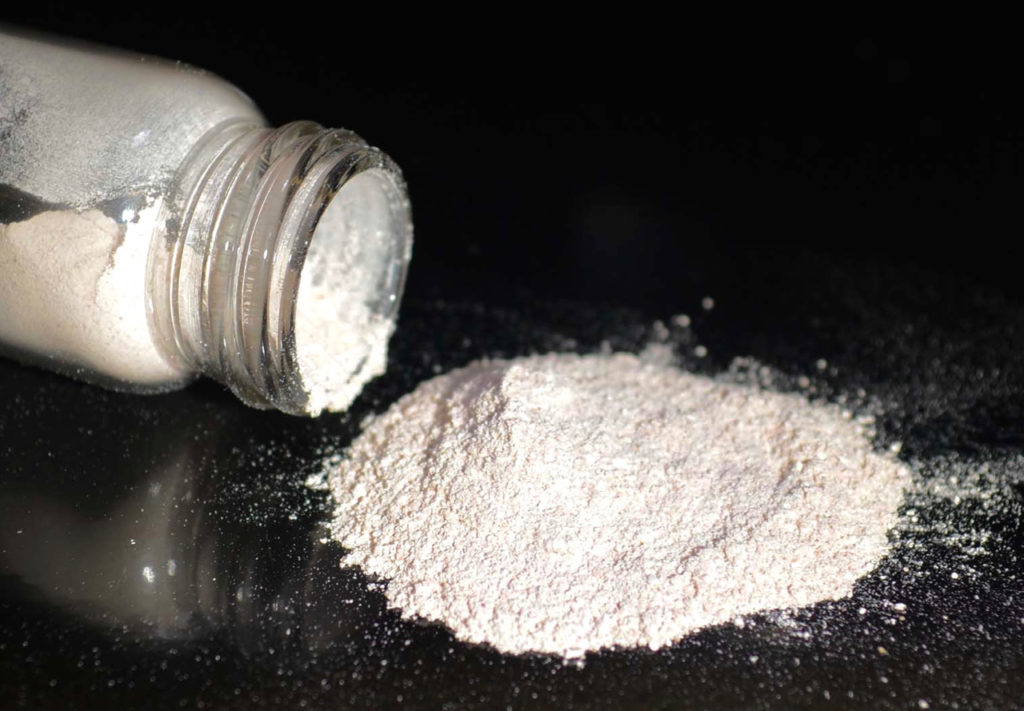
Aquafeeds
A new nutrient for aquaculture, from microbes that consume carbon waste
Biotechnology firm NovoNutrients aims to produce a line of nutraceutical aquafeed additives as well as a bulk feed ingredient that can supplement fishmeal. Its process includes feeding carbon dioxide from industrial gas to a “microbial consortium” starring hydrogen-oxidizing bacteria.
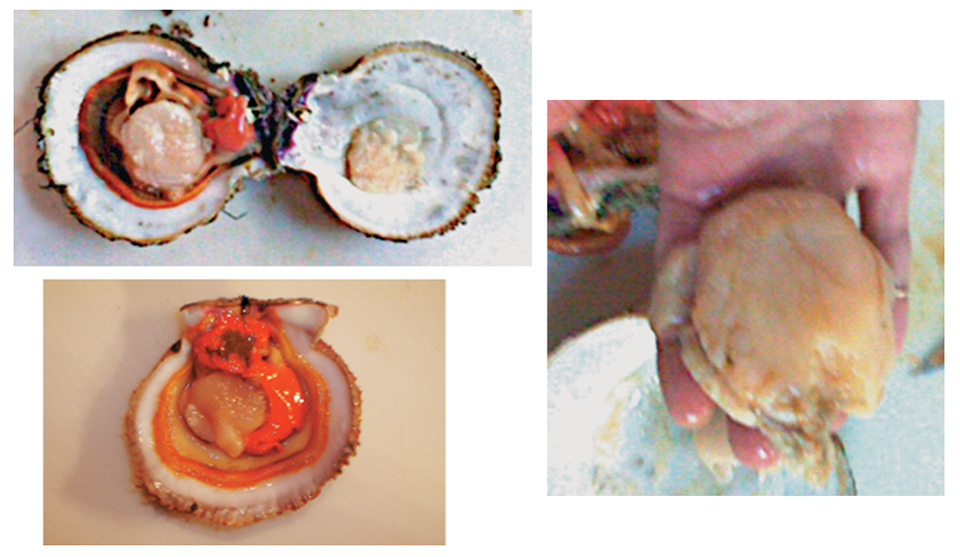
Health & Welfare
Alaska’s purple-hinge rock scallops considered for aquaculture development
Purple-hinge rock scallops are highly prized by local communities and harvested for subsistence in coastal Alaska. To evaluate the suitability of purple-hinge rock scallops for mariculture in Alaska, the authors conducted a four-year grow-out study.



